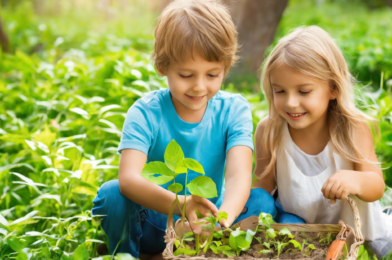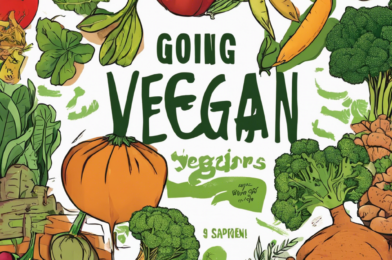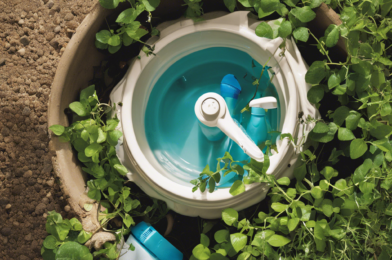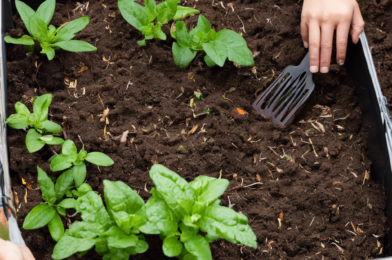As parents, we want our children to grow up caring about the environment and understanding the importance of sustainability. But beyond turning off lights and sorting recycling, how can we instill a deeper sense of eco-friendliness in our kids? The good news is that teaching children to be eco-friendly can be fun and engaging for the whole family. It’s all about incorporating simple, sustainable practices into our daily lives and making a positive impact on the planet.
One great way to get started is by involving your kids in household tasks with an eco-friendly twist. For example, instead of simply asking them to help with the gardening, teach them about compost and how food scraps can be reused to nourish the soil. Turn waste reduction into a game by seeing who can come up with the most creative ways to reuse everyday items. Not only will this keep things out of landfills, but it will also spark their creativity and get them thinking critically about consumption.
Another fun activity is to go on nature walks and make it a scavenger hunt to identify local plants and animals. This will help your children develop a deeper appreciation for the natural world and an understanding of the biodiversity that exists right in their own backyard. If you’re feeling creative, you can even try making your own birdhouses or butterfly feeders to attract wildlife to your garden. Not only will your children have fun, but they’ll also learn about the importance of providing habitats for different species.
In the kitchen, there are plenty of opportunities to teach your kids about eco-friendliness. Involve them in meal preparation and talk to them about where their food comes from. Teach them about the environmental impact of different foods and the importance of reducing food waste. You can even grow your herbs or vegetables, which will give your children a firsthand understanding of the time and effort that goes into producing our food.
Energy conservation is another important topic to cover. Explain to your children why conserving energy is important and how it can help reduce pollution and conserve natural resources. Simple actions like turning off lights when leaving a room or unplugging chargers can make a big difference, and you can encourage your kids to take ownership of these habits by making it into a friendly competition.
Water conservation is another key aspect of eco-friendliness. Teach your children about the value of water and how it should be used wisely. Simple actions, such as turning off the faucet while brushing their teeth or taking shorter showers, can make a significant impact when practiced consistently. You can also involve them in water-saving activities, such as collecting rainwater for the garden or reusing greywater for other purposes.
Beyond these activities, it’s important to lead by example and show your children that you’re committed to eco-friendly practices in your daily life. Involve them in community initiatives, such as clean-up days or tree-planting events, and discuss current environmental issues and how they can get involved in making a difference. By empowering our children with knowledge and a sense of responsibility, we can raise a generation that cares for and protects our planet.
Through these fun and educational activities, we can instill a sense of environmental stewardship in our children that will last a lifetime. By making small changes and incorporating sustainable practices into our daily routines, we can all make a positive impact on the planet. So, let’s get started today and teach our kids to be eco-friendly champions!









